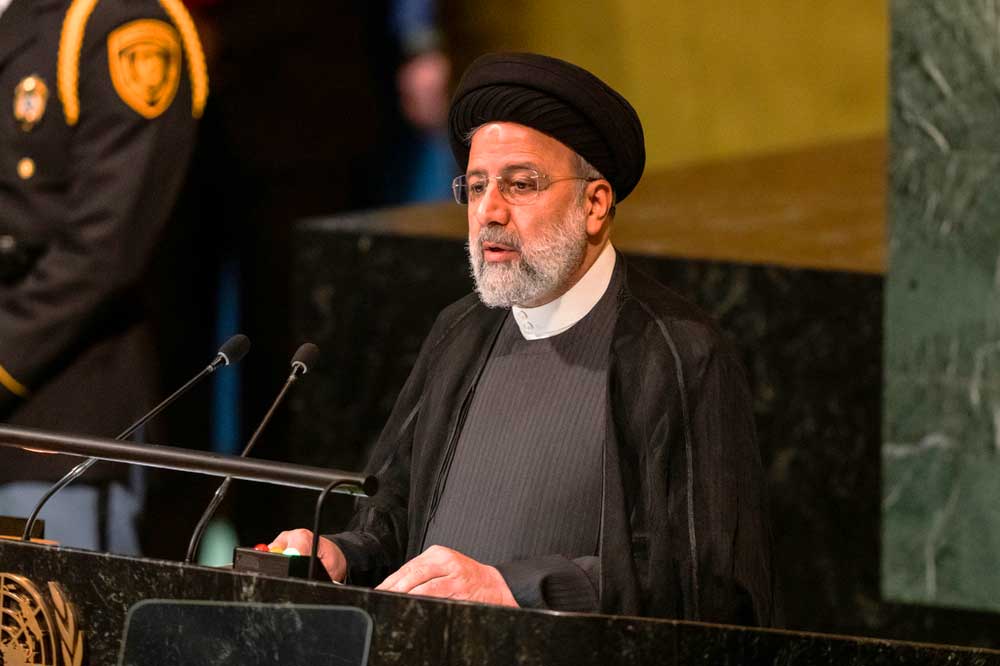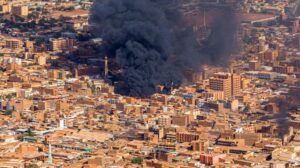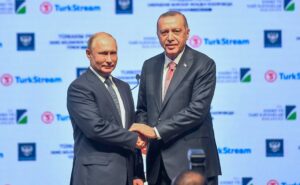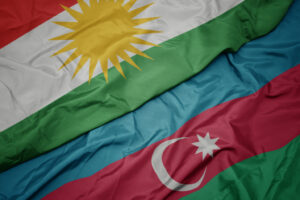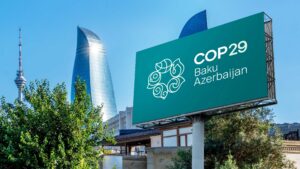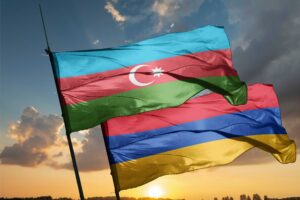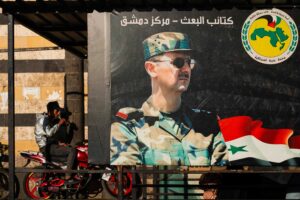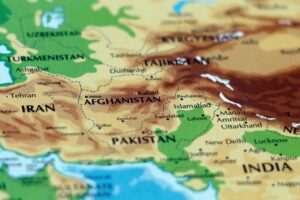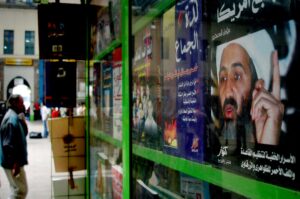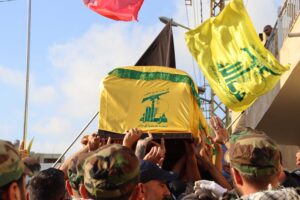Elections for the Islamic Republic of Iran’s 290-seat Islamic Consultative Assembly, or majlis, and 88-member Assembly of Experts—comprised of religious clerics—took place on 1st March. While every previous election in Iran was watched by the international community in order to gauge its impact, this year’s elections stand out for three reasons. First, the elections were conducted at a time of uncertainly in Iran in both political and societal terms. Second, their relevance is accentuated by the ongoing war in the Gaza Strip, which Iran has a large stake in by means of its support to Hamas as well as its long-standing ideological opposition to Israel. Although Iran’s majlis is not an influential decision-making body, trends during legislative elections can paint a picture of the political climate in the runup to the very much consequential presidential elections of 2025. Third, beside the relevance of the Consultative Assembly, the Assembly of Experts has concrete power and will be crucial in selecting the successor of the current Supreme Leader, Grand Ayatollah Seyyed Ali Khamenei, who is turning 85 this year.[i]
Unlike other states and governments which primarily draw their legitimacy from their domestic population and exercise power abroad by means of their military, the case of Iran is peculiar, for it not only relies on a number of militant proxy organisations scattered through the region in Iraq, Syria, Lebanon, the Palestinian Territories and Yemen while pursuing its strategic goals, but also claims legitimacy from the very existence and continued efforts of the ‘Axis of Resistance’. While domestic factors invariably play an important role in the regime’s survival, its foreign popularity amongst non-state proxy partners make the Islamic Republic a formidable regional player.
Voter behaviour
The 2024 elections drove the lowest voter turnout in Iranian history since the 1979 revolution, with a little more than 40 percent of eligible citizens participating. Such a low turnout aptly depicts the unpopularity of the current state system and signals the disillusionment of the people from the political process. This is concerning for the regime, which has on multiple occasions boasted that high voter turnout in previous elections was a sign of their popularity,[ii] but is not a fatal blow to its stability—as discussed later, quite the opposite.
Of course, other factors cannot be overlooked either. Lower turnout can also be explained by the absence of any notable moderate and/or reformist political grouping in Iran. Since the later part of former President Hassan Rouhani’s second term in office (2017-21), the moderate-reformist nexus of Iran remained divided and subsequently failed to produce a leading figure.[iii] Renowned reformist and former President Muhammad Khatami’s gradually growing disillusionment with the system and President Rouhani’s failure to deliver economic respite, contributed to the withering of the moderate-reformist front.
Economic factors played a pivotal role in shaping electoral behaviour in Iran. It is noteworthy that in the 2013 and 2017 presidential elections, the manifesto of each contesting candidate included bringing economic relief to the Iranian people. However, the US withdrawal from the Joint Comprehensive Plan of Action (JCPOA) in 2018 and the subsequent failure of the Biden Administration to negotiate a new deal with Iran left the voters disappointed.
Raisi, Assembly of Experts elections, and beyond
Elections for the Assembly of Experts have garnered much attention, primarily due to the assumption that Ayatollah Khamenei is ailing, as reported in western media outlets.[iv] While most of the candidates from the moderate-reformist camp abstained from running for office, Ebrahim Raisi, Hassan Rouhani and Sadeq Larijani rose in prominence as potential future contenders for the seat of the Ayatollah. Hassan Rouhani, former president and member of the 5th Assembly of Experts, was ironically barred from running by the Guardian Council, overseeing the elections. On the other hand, Sadeq Larijani, former Chief Justice hailing from an influential political family, surprisingly lost his seat. The primary reason for both these developments can be traced back to the political image of both individuals. Rouhani’s poor economic policy performance coupled with the corruption charges against his brother, Hossein Fereydoun, became the primary reasons for his disqualification.[v] Similarly, Larijani’s dismissal as Chief Justice in 2019 and his resignation from the Guardian Council in 2021 contributed to the weakening of his political influence.
Of the above three, Raisi quite comfortably secured his seat once again in the Assembly of Experts with over 82 percent of votes. Raisi’s victory made him the frontrunner for becoming the next supreme leader. However, like Rouhani and Larijani, Raisi’s political reputation has also suffered blows; including the stalemate in JCPOA talks, the receding state of the economy during which the Iranian Rial hit a new low, a new wave of social unrest following Mahsa Amini’s death and lastly, the increased number of security breaches in the form of cyber assaults, terrorist attacks and escalations along borders with neighbouring states. Notwithstanding, strong support from both political and non-political factions within the Iranian state can be expected to overcome this.
Two conclusions can be drawn. First, minimal voter participation in the elections has actually worked in the favour of the regime, allowing it to further tighten its grip over the political apparatus. Second, the abstention, disqualification and defeat of candidates who were either moderates/reformists or conservatives with reservations over the current political system, helped the Iranian regime prepare for the upcoming presidential elections as well as choosing the next supreme leader, minimizing the tectonic shock, which would most likely occur in a race with multiple legitimate contestants. Iran’s state apparatus can be expected to solidify further over the coming year while the relative disconnection between state and society could pave the way to a smooth election in 2025, and a smoother transition in the eventual succession of the Ayatollah, despite most analysts flagging the event as a potentially destabilising factor for the whole of the regime.
[i] Abdi, M. (2024) “Moving to a post-Khamenei era: The role of the Assembly of Experts”, Middle East Institute, January 31, 2024. https://www.mei.edu/publications/moving-post-khamenei-era-role-assembly-experts
[ii] Boroujerdi, M. (2024) “Iran’s Faustian 2024 Elections: Statistics Tell the Story”, Stimson Center, March 04, 2024. https://www.stimson.org/2024/irans-faustian-2024-elections-statistics-tell-the-story/
[iii] Shahidsaless, S. (2019) “Iran’s Reform Camp Is in Crisis”, Atlantic Council, January 11, 2019. https://www.atlanticcouncil.org/blogs/iransource/iran-s-reform-camp-is-in-crisis/
[iv] Vakil, S. (2022) “Iran’s Crisis of Legitimacy”, Foreign Affairs, September 28, 2022. https://www.foreignaffairs.com/middle-east/iran-crisis-legitimacy-mass-protests-ailing-leader
[v] Mehdi, S.Z. (2023) “Iran’s former president faces cases over ‘interventions’ in forex, stock markets”, Anadolu Ajansi, August 15, 2023. https://www.aa.com.tr/en/middle-east/iran-s-former-president-faces-cases-over-interventions-in-forex-stock-markets/2968017


